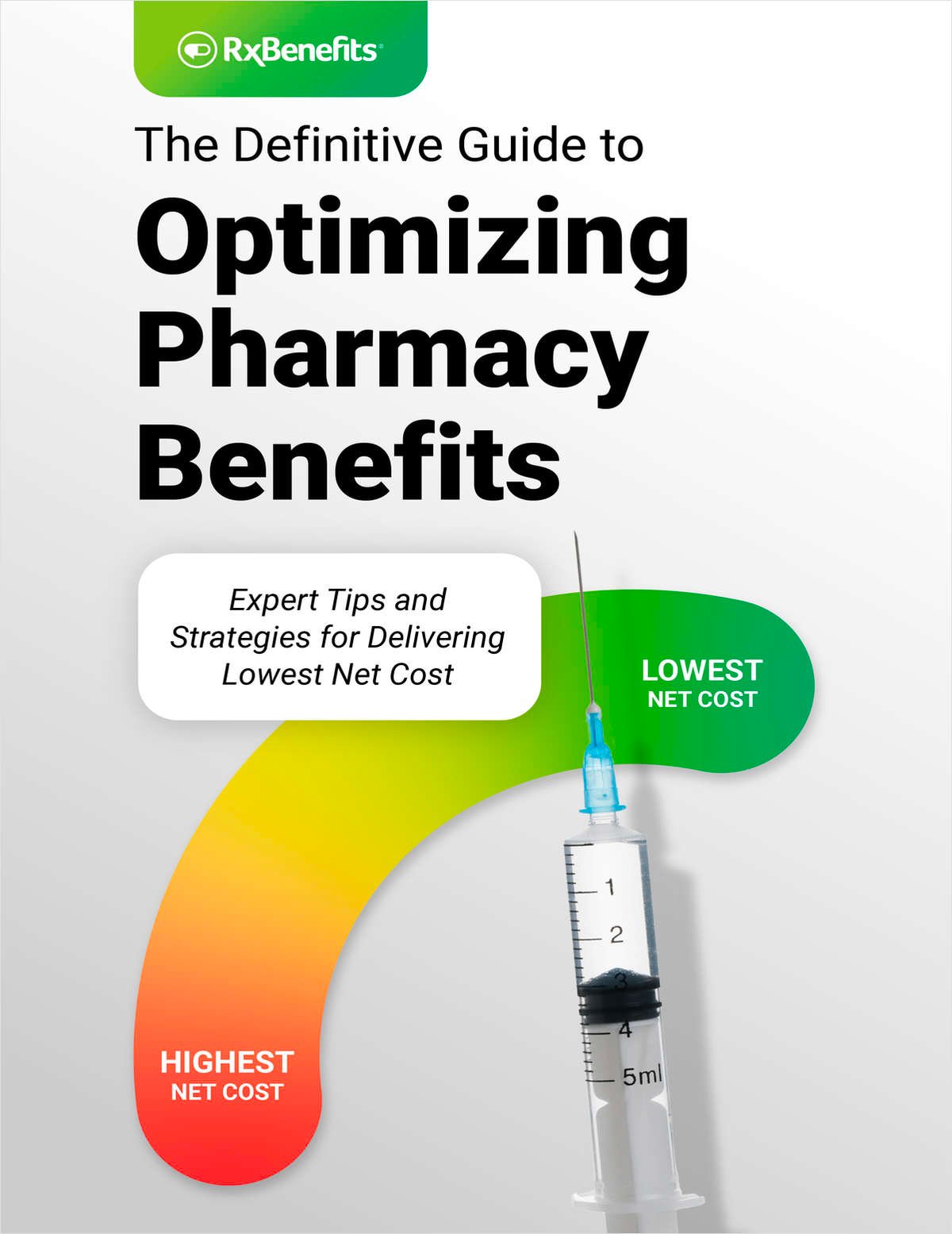
U.S. employers paid nearly $880 billion in health care benefits last year. To put that into context, Starbucks spent more on health benefits than coffee beans, according to The Wall Street Journal. I'm sure your clients can relate.
Health care costs are pinching their employees, too: 44 percent of Americans said they avoided the doctor last year when they were sick or injured due to cost. It's a lose-lose. And their care avoidance is costing businesses a lot of money: illness-related productivity loss cost an estimated $530 billion last year.
It's not sustainable for employees to shoulder the high cost of health care. Why? Businesses can't afford to have unhappy employees in today's competitive talent market. The best candidates field multiple offers—that gives them added leverage and intolerance for inferior benefits. It's critical your clients offer an attractive health insurance plan that lowers cost for them and their employees, and empowers employees to define their health.
So, what do employees really want in their health plan? And how does that translate into employer benefit? Here's what I've learned from consumer focus groups.
No deductible
Most Americans don't have $400 in savings to cover medical costs; yet, today's average deductible is $3,000. A whopping 25 percent of today's insured employees are considered underinsured, which contributes to workers putting off needed care. It's time to call it like it is: The deductible isn't working. Deductibles act as barriers to care, and when they're eliminated, consumers are empowered to make the best decisions for their health. Your clients' employees should be covered from day one. Getting rid of the deductible makes that happen.
“Is my treatment covered?”
Health insurance is notoriously complex. Consumers traditionally have three lousy options to determine if a treatment is covered by their plan: 1.) Call the insurer and wait on hold until someone picks up to potentially provide a less-than-definitive answer; 2.) Navigate a confusing website with little confidence in the findings; or 3.) Roll the dice and see what the bill says after receiving treatment—which often doesn't arrive until several weeks or months later.
This is not OK. Your employer clients' employees deserve to be able to quickly and easily look up what is covered by their plan with a simple yes or no answer.
Cost of care upfront
Health care is the only commodity consumers purchase before actually knowing the cost. We've all heard the horror stories about people receiving a mountain of bills they weren't expecting after receiving medical treatment. Insurance exists to protect employees; not bankrupt them.
Consumers want a market where they know in advance how well a provider performs and how much it will cost them. An insurance plan that makes costs clear in advance is a win for employees and your clients. Consumers can make educated decisions, and employers can curb health care costs as much as 10 percent to 20 percent because early indicators show employees choose more economical options.
Evidence: Our own data shows that when members are aware of the exact cost of treatment across a range of provider options, they choose the most cost-effective option 40 percent more often than people in other plans. They also avoid higher-cost pharmacies and select a lower cost option 20 percent more often.
The solution
While some may think these results sound too good to be true, they're real. The way health insurance is currently structured is broken, and the only way to fix it is to redesign it from the ground up, building it around consumer need.
Health insurance needs to take a cue from the consumer landscape. In the on-demand world, consumers control their choices with taps and clicks. If they need a ride, they tap their phone. When they need a new TV, they compare prices and purchase via an app. Shopping for health care should be the same at-your-fingertips experience. Give employees a plan that allows them to easily review treatment options and compare prices on their phone, in the precise moment that care is needed.
Benefits advisors and employers can't expect employees to continue to bear the burden of high premiums and deductibles. A health plan that doesn't eat away at employee paychecks and encourages them to seek care instead of putting it off will save businesses money in the long run and keep employees happier. A health insurance plan that encourages members to get care—radical? I'm not so sure.
For brokers and employers to succeed in making health care more affordable, they must eliminate high deductibles, maintain broad network choice and deliver consumer price certainty. The market needs to democratize, decentralize and empower informed consumers to make choices in their best interest and enable them to do so. It's time we make health care affordable and empower people to make informed choices about their health. It's time to take action.
Tony Miller is the founder and CEO of Bind On-Demand Health Insurance.
Continue Reading for Free
Register and gain access to:
- Breaking benefits news and analysis, on-site and via our newsletters and custom alerts
- Educational webcasts, white papers, and ebooks from industry thought leaders
- Critical converage of the property casualty insurance and financial advisory markets on our other ALM sites, PropertyCasualty360 and ThinkAdvisor
Already have an account? Sign In Now
© 2024 ALM Global, LLC, All Rights Reserved. Request academic re-use from www.copyright.com. All other uses, submit a request to [email protected]. For more information visit Asset & Logo Licensing.








